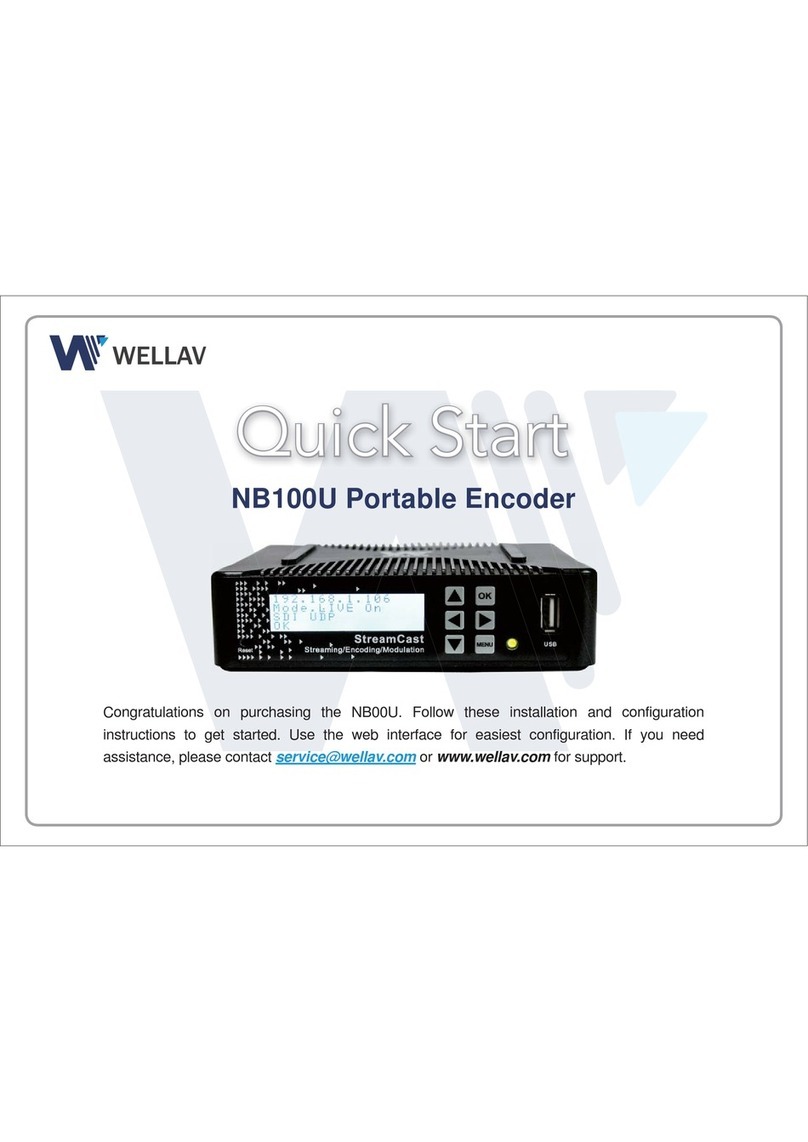DMP900 User Guide
iv
Contents
PART 1 PANEL OVERVIEW············································································································································· 1
1.1 FRONT PANEL ·································································································································································1
1.2 REAR PANEL ··································································································································································· 2
PART 2 INSTALLATION ·················································································································································· 3
2.1 RACK INSTALLATION ························································································································································· 3
2.2 AC POWER CONNECTION·················································································································································· 3
2.3 CONFIGURING NETWORK VIA FRONT PANEL·························································································································· 4
PART 3 WEB GUI ··························································································································································· 5
3.1 WEB GUI OVERVIEW ······················································································································································· 5
3.1.1 Connecting to the Management Port·················································································································· 5
3.1.2 Logging into the Web GUI ··································································································································· 6
3.1.3 Dropdown Menu Overview ·································································································································7
3.1.4 Service Configuration ·········································································································································· 7
3.2 BASIC OPERATIONS ·························································································································································· 9
3.2.1 Configuring Network ··········································································································································· 9
3.2.2 Configuring Input ·············································································································································· 10
3.2.3 Configuring Output ··········································································································································· 12
3.2.4 Delete an Output TS/Program/PID···················································································································· 14
3.2.5 Version Information/Upgrade··························································································································· 15
3.2.6 License······························································································································································· 15
3.2.7 Import/Export Configuration····························································································································· 16
3.2.8 Login User Management··································································································································· 17
3.2.9 Log····································································································································································· 17
3.3 ADVANCED OPERATIONS················································································································································· 18
3.3.1 Edit Output TS ··················································································································································· 18
3.3.2 Edit Service Information for DVB Output ·········································································································· 19
3.3.3 Upgrading Set Top Box through OTA ················································································································ 26
PART 4 MODULE CONFIGURATION ······························································································································27
4.1 INPUT AND OUTPUT MODULES ········································································································································ 27
4.1.1 TSIP···································································································································································· 27
4.1.2 TSIP+·································································································································································· 32
4.1.3 ASI ····································································································································································· 33
4.1.4 IPASI ·································································································································································· 34
4.1.5 DVBC·································································································································································· 34
4.1.6 DVBS2································································································································································ 36
4.1.7 DVBT2································································································································································ 37
4.1.8 8VSB ·································································································································································· 38
4.1.9 QAM ·································································································································································· 39
4.1.10 IQAM ······························································································································································· 40






































